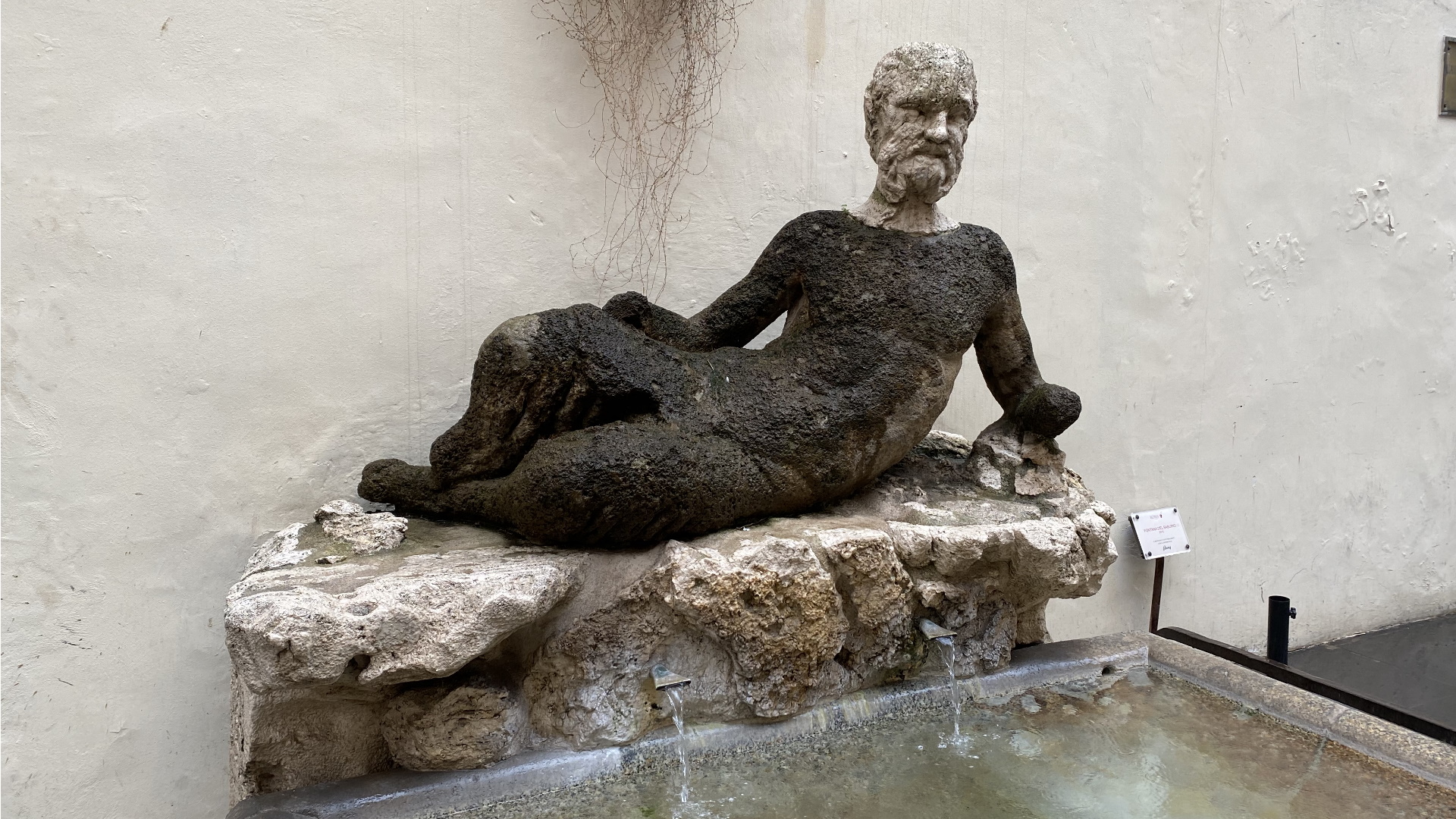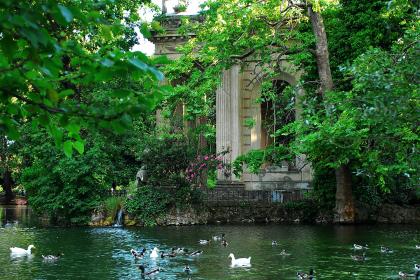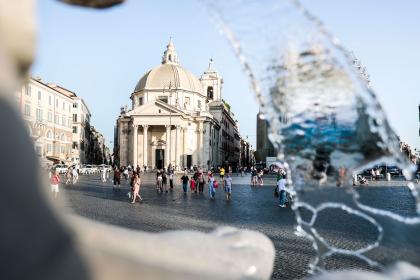
In the Rome of the Popes, starting from the sixteenth century, dissent towards the constituted power and the ruling classes began to manifest itself with the posting of signs with anonymous satirical epigrams, placed at night on some Roman statues in the historic center, to be read by passers-by the following morning. Becoming original spokespersons for the complaints of the Roman people, these sculptures, from different periods, earned the appellation of "talking statues" and constituted the "congress of wits." Often, among themselves, the statues, later baptized with curious names such as Marforio, the Facchino, Abate Luigi, Madama Lucrezia, Pasquino, and the Babuino, sent back biting banter from one part of the city to the other.
Among these, the Babuino is a sculpture depicting a lying silenus; for its ugly looking, it was renamed by the people "Babuino" because it resembled a monkey. The statue - ancient, but with an irrelevant head - has also been identified with the Sabine god Sancus (also known as Sangus or Semo Sancus).
The name "Babuino" became so widespread that it also changed the name of the street on which it stands, opened by Pope Clement VII Medici (1523-1534) and called Via Clementina in his honor.
The statue was part of a fountain from the 1576, initially leaning against Palazzo Grandi main facade.
The fountain consisted of a gray granite basin from the Roman era - into which water was poured from a simple spout - on which was placed a life-size statue in carved tuff depicting a Silenus lying on a cliff.
It was a semi-public fountain built by the pope in exchange for some measures of water from the Vergine Aqueduct granted to the palace owner Alessandro Grandi.
During the restoration work in 1738, the statue moved to the left side of the palace, which had become the property of the Boncompagni-Ludovisi family, and inserted into a rusticated niche delimited by two pilasters and an architrave decorated by two travertine dolphins.
In 1877, the fountain was dismantled and the sileno placed in the courtyard of the palace, which had become the property of the Cerasi family. The basin replaced the one in the trough on Via Flaminia, in front of the fountain of Julius III (1550-1555).
In 1957, after much insistence by citizens, the Babuino statue and the basin were reunited and used as a fountain. Its new location, not far from the original one, now sees it leaning against the wall of the Museo atelier Canova Tadolini, next to the facade of the church of Sant'Atanasio dei Greci al Babuino.
Because of its popularity, the talking statue of Babuino even came to rival the more famous statue of Pasquino, so much so that its invectives were called "babuinate."
Piazza del Popolo

 Condividi
Condividi
Villa Borghese

 Condividi
Condividi
The Basilica di Santa Maria in Montesanto (Church of the Artists)

 Condividi
Condividi
Information
 Condividi
Condividi
Location
To find out about all accessibility services, visit the Rome accessible section.












































